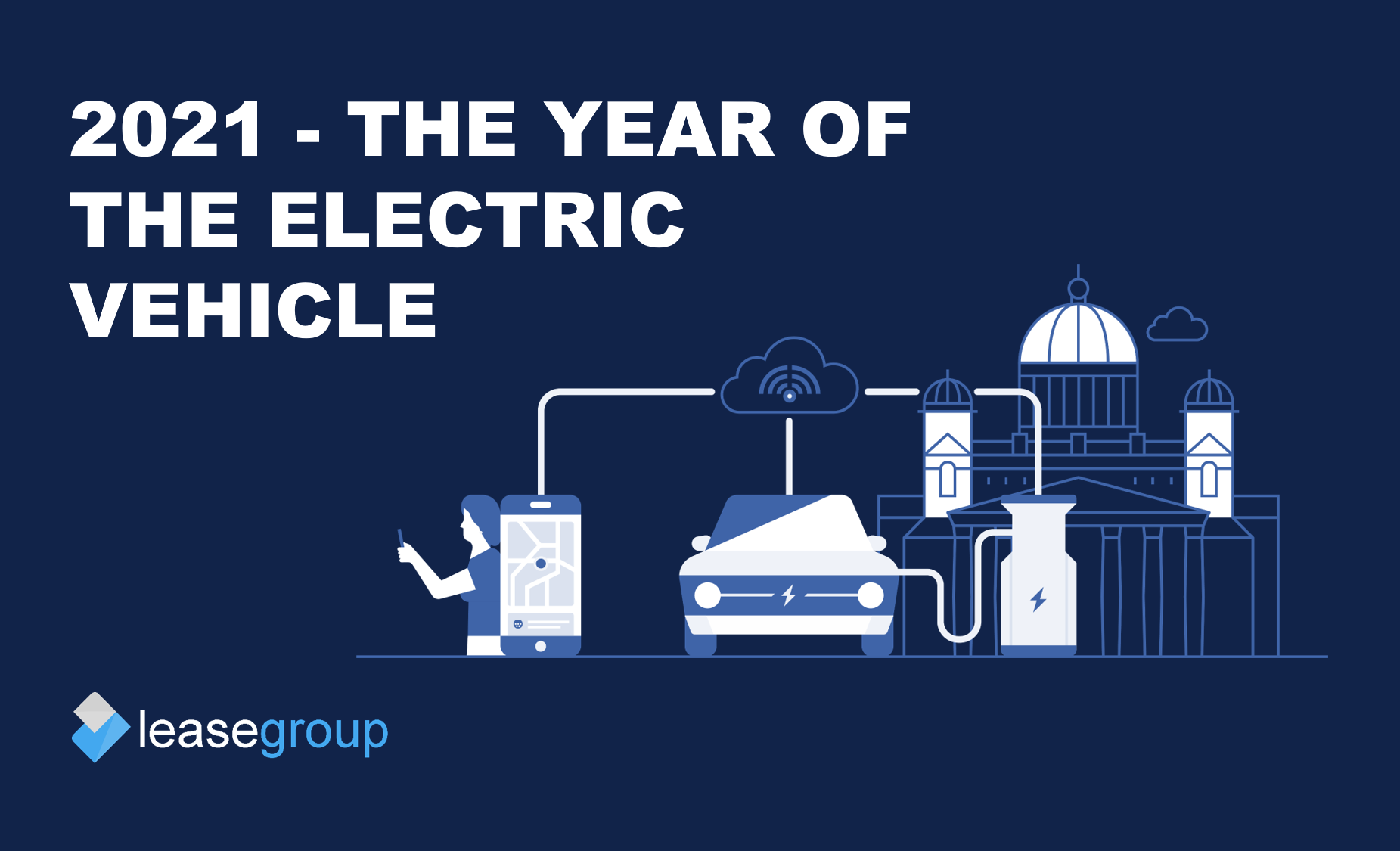With the 2030 government deadline rapidly approaching, you may have noticed the increase in news stories using various terminology such as EV, HEV, BEV and ICE when discussing the automotive world. These terms can be confusing, but thanks to our EV Charging Partner Elmtronics, there is a jargon-buster available for you to use with this and any other articles discussing the move into the carbon-neutral future!
Now you’re prepared with your jargon buster, in this article we’re going to discuss, what can we expect from the world of electric vehicles (EVs) in 2021?
The short answer to that question is more, more charge points, more EV/HEV models, more funding available to the UK drivers and most importantly more savings for drivers.
More Charge Points
For the public to transition to EV or hybrid vehicles the industry needs to challenge the elephant in the room that is range anxiety, there is a recurring fear that drivers will be stuck in the middle of nowhere or mid-journey with no power or ability to charge their vehicle. To help tackle this fear the Office for Zero-Emission Vehicles (OZEV) have announced they are continuing their On-Street Residential Chargepoint Scheme (ORCS). The scheme enables local authorities to cover 75% of the initial costs of buying and installing on-street charge points. As stated in their application criteria the charge points must be available for 24/7 use, at a minimum, and residents must be able to park overnight for free.
According to ZapMap the UK currently has over 37,000 public charge points available, with figures up by 1040 over the past 30 days, 221 of these were rapid connections. It’s been previously reported by Policy Exchange that the UK will need 400,000 public charge points by 2030 including 6,000 high powered charge points.
More EV/HEV models and more funding available
Now let’s look into the cost of the EV itself, from ‘humble’ beginnings in 2008, Tesla revealed their first car, the Roadster. The Roadster was one of the first internationally launched fully EV vehicles with a rather large price tag of $109,000 establishing itself as a luxury vehicle. Then in 2010, Nissan released its EV offering in the form of the Nissan Leaf, which was marketed as the first mass-produced EV hatchback which at the time of release was priced at over £28,000.
Fast forward to 2021, many car manufacturers now offer a scope of EVs as part of their model range, along with government funding and various other incentives EVs are notably more accessible. For example, the new Vauxhall E-Corsa, priced from £26,985. Not only can buyers take advantage of government plug-in grants, covering £3,000 from the initial cost of the car, but Vauxhall also offers free insurance for a year and 30,000 miles worth of free electricity. The government grant plus Vauxhall’s offer is the equivalent to over £7,000 saved on buying one of their new E-Corsa models.
When buying a new model vehicle, commonly, drivers lease their vehicle, and EVs are no different. With the savings on fuel and taxing an EV, a driver will on average save money monthly.
EV Charging Points are also available on lease, which can make the installation of multiple workplace charging stations more palatable to businesses looking to make the EV upgrade in time for 2030.

